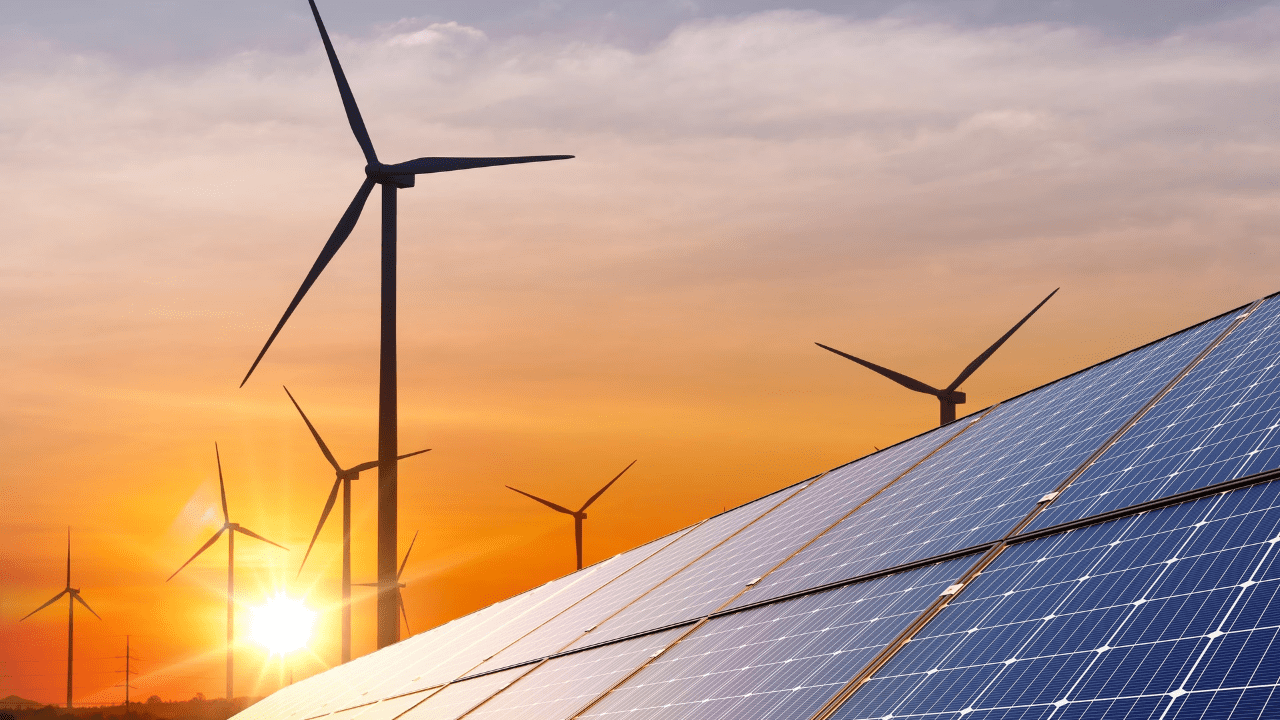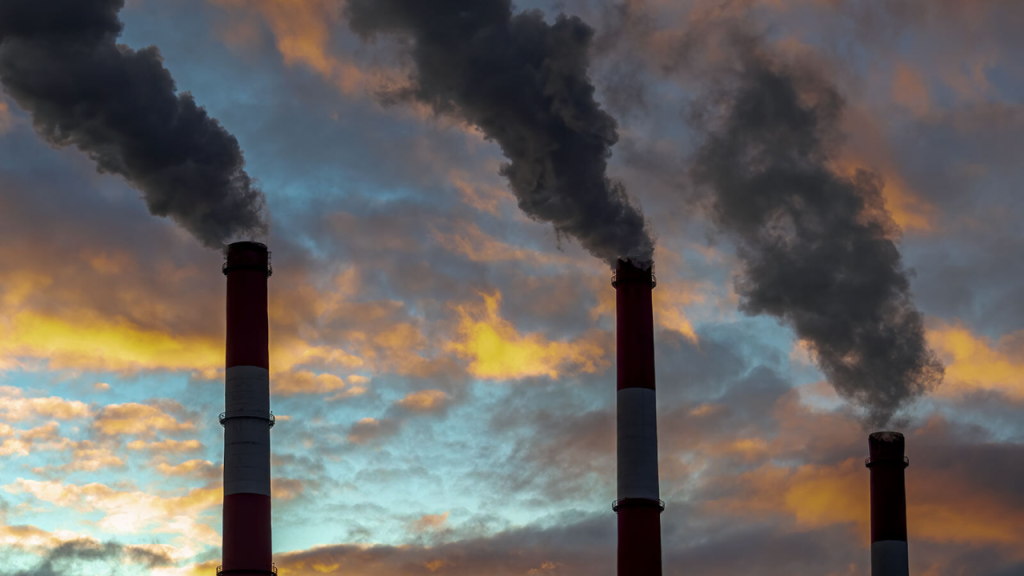India Rises to 3rd in Global Wind & Solar Power, Surpasses Germany

India has reached a monumental milestone in its journey toward clean energy transformation—surpassing Germany to become the third-largest generator of electricity from wind and solar power. This accomplishment not only signals India’s growing prominence in the global renewable energy landscape but also marks a critical step toward building a sustainable and climate-resilient future.
In the global race to decarbonize electricity systems, India has now joined the top three countries leading the renewable revolution—behind only China and the United States. As the world’s fastest-growing major economy, this achievement reflects a strategic alignment of climate commitments with economic ambition.
From Emerging Player to Clean Energy Leader
India’s rise in the renewable energy rankings didn’t happen overnight. Over the past decade, the country has methodically scaled up its wind and solar infrastructure through consistent policy support, public-private partnerships, and major investments in green technology.
Today, wind and solar energy contribute 10% of India’s total electricity generation, a significant leap compared to earlier years when fossil fuels—especially coal—dominated the energy mix. The shift demonstrates the growing influence of renewable energy in powering cities, industries, and homes across the nation.
The year 2024 was particularly pivotal. India added a record-breaking 24.5 gigawatts (GW) of solar power and 3.4 GW of wind energy, boosting its cumulative installed renewable energy capacity to an impressive 209 GW. Solar alone now makes up nearly half of that capacity, underscoring its role as the leading renewable energy source in the country.
Global Context: India’s Growing Influence in the Energy Transition
The global energy sector is undergoing a massive transformation, with countries across continents racing to reduce emissions, diversify energy sources, and build resilience against climate volatility. In this context, India’s climb to the third spot is not just symbolic—it reflects a deeper structural shift in global energy dynamics.
Globally, solar and wind energy accounted for 15% of all electricity generation in 2024. India’s growing contribution helped move the needle, positioning it as a crucial partner in the global effort to combat climate change.
Furthermore, the share of all low-carbon electricity sources—including renewables and nuclear—crossed 40% of the global electricity mix for the first time in decades. This milestone is historically significant, highlighting the world’s gradual move away from coal and other fossil fuels.
India’s continued leadership in this domain will be vital. As the world’s most populous country with an ever-growing demand for energy, the choices it makes today will significantly influence the global carbon footprint for decades to come.
Massive Pipeline Reflects India’s Renewable Ambition
India’s current achievement is just the beginning. The country has set an ambitious target of reaching 500 GW of non-fossil fuel energy capacity by 2030, one of the most aggressive clean energy goals among emerging economies.
To meet this objective, the country is rapidly building out its project pipeline. Over the next four to five years, an additional 111 GW of solar, wind, hybrid, and energy storage projects are expected to come online. These projects are already in various stages of development, and more are on the horizon. Another 56 GW of capacity is currently under bidding, suggesting that investor confidence and government support remain strong.
This large-scale expansion is being driven by several factors: falling costs of solar modules and batteries, an increase in corporate power purchase agreements (PPAs), and ambitious state-level renewable energy policies.
Challenges in the Clean Energy Transition
Despite the remarkable progress, India’s renewable energy journey is not without challenges.
Coal still remains the dominant fuel, accounting for over 70% of electricity production. Transitioning from a coal-heavy power system to a diversified, renewable-based grid will require significant policy innovation, financial investment, and infrastructure overhaul.
One of the major hurdles is the financial health of state distribution companies (DISCOMs), which are often burdened with high losses and poor credit ratings. These issues can delay payments to renewable energy developers, slowing down project implementation.
Additionally, land acquisition, transmission infrastructure, and the intermittent nature of renewables pose real logistical and technical challenges. The need for grid modernization and battery storage solutions has never been more urgent.
However, the government has already begun addressing these concerns through initiatives promoting energy storage, green hydrogen, solar-wind hybrid parks, and decentralized renewable solutions.
A New Era of Sustainable Power
India’s jump to the third spot globally in wind and solar power generation is more than just a statistic—it represents a bold shift in the country’s development model. It signals a growing alignment between environmental responsibility and economic opportunity.
As the world moves toward net-zero emissions, India’s role will be central. Its renewable energy growth offers a model for other emerging economies looking to scale sustainable solutions without compromising growth.
With the right mix of technology, investment, and policy support, India is not just participating in the global energy transition—it’s leading it.






No Responses